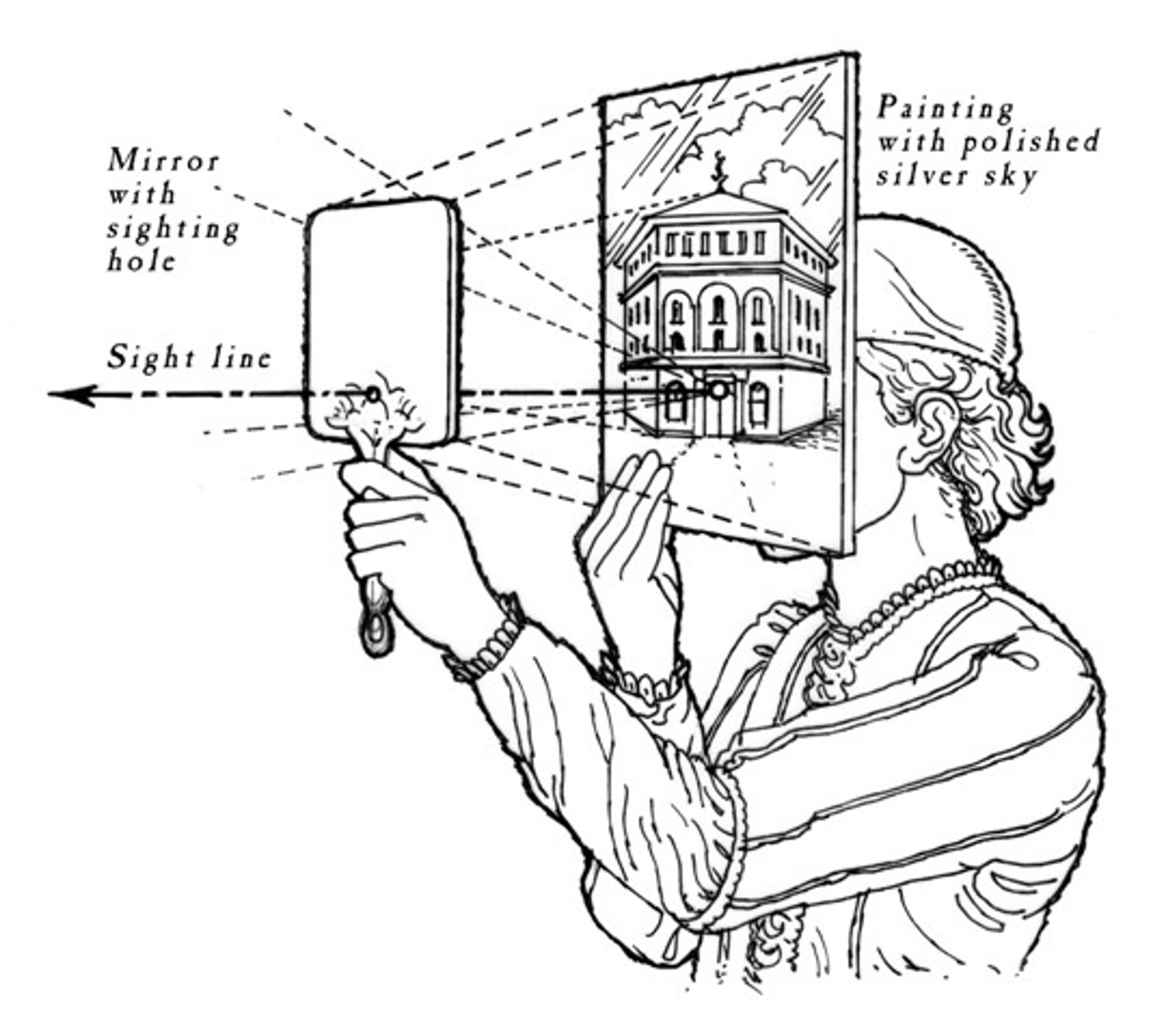Spaceborne Imaging Radar photo of the autonomous republic of Tuva, the subject of Richard Feynmann’s intense interest during the latter part of his life and documented in Tuva or Bust! by Ralph Leighton. Photo taken from Space Shuttle Endeavour in 1994. Photo courtesy NASA/JPL
The American physicist Richard Feynman is often quoted as saying: ‘You can recognise truth by its beauty and simplicity.’ The phrase appears in the work of the American science writer K C Cole – in her Sympathetic Vibrations: Reflections on Physics as a Way of Life (1985) – although I could not find other records of Feynman writing or saying it. We do know, however, that Feynman had great respect for the English physicist Paul Dirac, who believed that theories in physics should be both simple and beautiful.
Feynman was unquestionably one of the outstanding physicists of the 20th century. To his contributions to the Manhattan Project and the solution of the mystery surrounding the explosion of the Space Shuttle Challenger in 1986, add a Nobel Prize in 1965 shared with Julian Schwinger and Shin’ichirō Tomonaga ‘for their fundamental work in quantum electrodynamics, with deep-ploughing consequences for the physics of elementary particles’. And he played the bongos too!
In the area of philosophy of science, though, like many physicists of his and the subsequent generation (and unlike those belonging to the previous one, including Albert Einstein and Niels Bohr), Feynman didn’t really shine – to put it mildly. He might have said that philosophy of science is as helpful to science as ornithology is to birds (a lot of quotations attributed to him are next to impossible to source). This has prompted countless responses from philosophers of science, including that birds are too stupid to do ornithology, or that without ornithology many birds species would be extinct.
The problem is that it’s difficult to defend the notion that the truth is recognisable by its beauty and simplicity, and it’s an idea that has contributed to getting fundamental physics into its current mess; for more on the latter topic, check out The Trouble with Physics (2006) by Lee Smolin, or Farewell to Reality (2013) by Jim Baggott, or subscribe to Peter Woit’s blog. To be clear, when discussing the simplicity and beauty of theories, we are not talking about Ockham’s razor (about which my colleague Elliott Sober has written for Aeon). Ockham’s razor is a prudent heuristic, providing us with an intuitive guide to the comparisons of different hypotheses. Other things being equal, we should prefer simpler ones. More specifically, the English monk William of Ockham (1287-1347) meant that ‘[hypothetical] entities are not to be multiplied without necessity’ (a phrase by the 17th-century Irish Franciscan philosopher John Punch). Thus, Ockham’s razor is an epistemological, not a metaphysical principle. It’s about how we know things, whereas Feynman’s and Dirac’s statements seem to be about the fundamental nature of reality.
But as the German theoretical physicist Sabine Hossenfelder has pointed out (also in Aeon), there is absolutely no reason to think that simplicity and beauty are reliable guides to physical reality. She is right for a number of reasons.
To begin with, the history of physics (alas, seldom studied by physicists) clearly shows that many simple theories have had to be abandoned in favour of more complex and ‘ugly’ ones. The notion that the Universe is in a steady state is simpler than one requiring an ongoing expansion; and yet scientists do now think that the Universe has been expanding for almost 14 billion years. In the 17th century Johannes Kepler realised that Copernicus’ theory was too beautiful to be true, since, as it turns out, planets don’t go around the Sun in perfect (according to human aesthetics!) circles, but rather following somewhat uglier ellipses.
And of course, beauty is, notoriously, in the eye of the beholder. What struck Feynman as beautiful might not be beautiful to other physicists or mathematicians. Beauty is a human value, not something out there in the cosmos. Biologists here know better. The capacity for aesthetic appreciation in our species is the result of a process of biological evolution, possibly involving natural selection. And there is absolutely no reason to think that we evolved an aesthetic sense that somehow happens to be tailored for the discovery of the ultimate theory of everything.
The moral of the story is that physicists should leave philosophy of science to the pros, and stick to what they know best. Better yet: this is an area where fruitful interdisciplinary dialogue is not just a possibility, but arguably a necessity. As Einstein wrote in a letter to his fellow physicist Robert Thornton in 1944:
I fully agree with you about the significance and educational value of methodology as well as history and philosophy of science. So many people today – and even professional scientists – seem to me like someone who has seen thousands of trees but has never seen a forest. A knowledge of the historic and philosophical background gives that kind of independence from prejudices of his generation from which most scientists are suffering. This independence created by philosophical insight is – in my opinion – the mark of distinction between a mere artisan or specialist and a real seeker after truth.
Ironically, it was Plato – a philosopher – who argued that beauty is a guide to truth (and goodness), apparently never having met an untruthful member of the opposite (or same, as the case might be) sex. He wrote about that in the Symposium, the dialogue featuring, among other things, sex education from Socrates. But philosophy has made much progress since Plato, and so has science. It is therefore a good idea for scientists and philosophers alike to check with each other before uttering notions that might be hard to defend, especially when it comes to figures who are influential with the public. To quote another philosopher, Ludwig Wittgenstein, in a different context: ‘Whereof one cannot speak, thereof one must be silent.’






